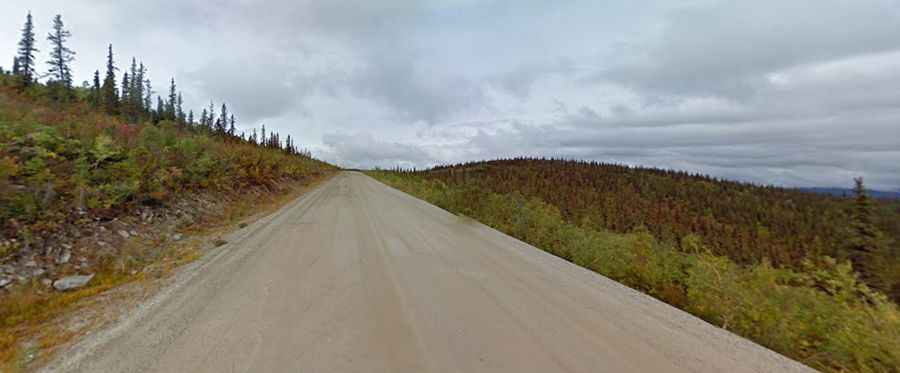How to Prepare For and Survive Your First Motorcycle Road Trip in Alaska
A few moments of the absolute freedom you feel riding your motorcycle on the empty highway, with nothing but the wind blowing and your thoughts flowing, can’t compare with many other things in life.

Forget all about California and Florida as their roads cannot compare to the splendor of the Alaskan roads. So, if you plan to get to this white and green paradise anytime soon with your bike, here is how to prepare.
Think about the perfect time
The average American person takes 7-10 days off throughout the year, apart from the legal bank holidays. That gives you enough time to explore some of the natural wonders of Alaska, including the mountains, lakes, and the coastline.
However, a trip in the wintertime is out of the question as Alaska experiences some of the lowest temperatures in the world during the winter season. The best time to plan your motorcycle road trip is in the summer, preferably in August.
The temperatures are warm enough to help you get a good tan without worrying about sunburns. Plus, you’ll get to see a wide variety of animals in their natural habitats, including marmots, rabbits, Dall sheep, porcupines, moose, wolves, and coyotes. However, you must pay close attention to the road, as moose are the number one roadside hazard that can cause accidents.
Travel arrangements
With limited time in your hands, it’s best to make travel and sleeping arrangements in advance if you want to experience everything this state has to offer. With up to 22 hours of sunlight daily, you won’t catch much sleep but this doesn’t mean that rest is less important during your journey.
Assuming you live anywhere in mainland US, the most convenient way to reach Alaska is by boat. Planes are a good option only if you’re considering renting a motorcycle there and not bringing your own.
Keep in mind that August is a busy month in the state as it is the only time of the year where temperatures are high enough for tourists to enjoy a wonderful time spent in nature without parching and looking for mulled wine to stay warm.
Appropriate gear
Even though temperatures are well in their 70s and 80s, this doesn’t mean you’ll get to ride your bike wearing a leather vest and shorts. After all, we are talking about one of the coldest places on Earth, so don’t fall for the midday sun rays.
Bring appropriate gear on your trip, including helmet, a pair of lightweight hand gloves, boots or riding shoes, and comfortable pants. Hoodies, sweatshirts, and leather jackets are a must too as temperatures will drop considerably when you’re in the saddle.
The good news is that you won’t have to look for advice from specialists in terms of winter tires, chains, and chain lubes, as you won’t experience snow or freezing temperatures.
Pack your essentials
Consider bringing a duffle bag or a large backpack if you’ll stay for one week as the weather in Alaska is moody, even in the summertime.
Apart from warm clothes and a clean set of t-shirts and shorts, don’t forget to also pack your camera. You will want to stop as often as possible and gaze at the natural wonders, so at least make sure you have enough memory on your phone.
Water and food supplies are mandatory as distances between towns and cities are bigger than what you would experience on the roads of mainland US.
Lastly, bring more cash as plastic can only be used in larger towns and establishments. ATMs are scarce too, so don’t count on them to get you out of trouble if you cannot pay for your gas or groceries using credit cards. American and Canadian dollars work alike.
Fuel is another problem you need to take into account as many parts of the Alaskan soil are remote, with little to no shops and human presence. From our experience, we suggest that you always keep your tank full as various unforeseen situations may occur.
And, speaking of the unexpected, always bring your sense of adventure on your road trip. You will ride for miles before seeing another car, truck or a human establishment, so enjoy your time alone before heading back to overcrowded cities and unbearable traffic.